Ambient learning is a fairly new buzz word that is being passed around amongst educators and interior designers. A concept where a child learns through their immediate environment, this new aspect of home learning has become popular. Great for full-time education as well as home schooling, an ambient learning space is also beneficial for completing homework in a fun, non-invasive way.
An interactive form of education which is highly useful to visual learners, this form of learning is about curating knowledge without force. If you want to create the perfect educational space within your home, follow the steps below. With expert advice on how to make a productive yet fun learning environment, find out how to become a successful teacher in your own home.
1. Think about WHO is home learning
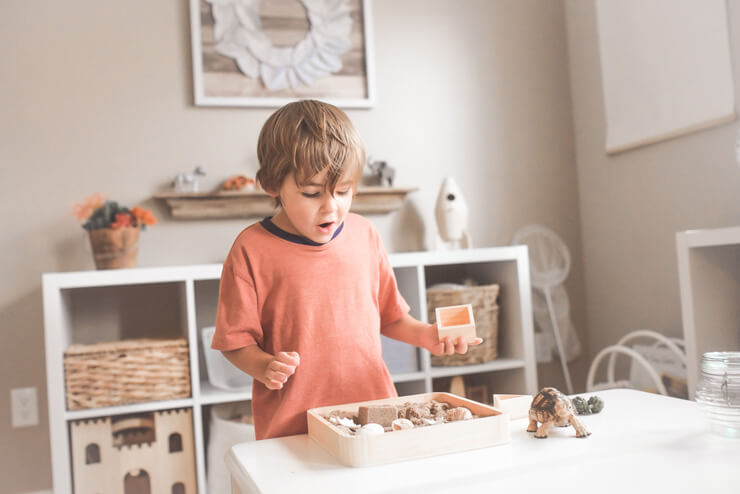
First, think about the age of your pupil and the focus of their education. From a four year old whose needs are based around interactive and physical learning to a teenager who needs a more formal educational environment, the type of ambient learning you create needs to reflect on the individual child. Sharon L. Sherman, a New Jersey Interior Designer, tells us that we need to consider their age and the nature of their studies.
‘Designing a space for a college student setting up their apartment or dorm room for e-Learning, will look very different from a mom with three kids in elementary school, or a high schooler who specializes in fine arts.
Are they in big zoom lectures all day long? If so it will be important to have a comfortable seat and a screen that’s easy on the eyes. Are multiple tabs or browsers open at once? Consider a display monitor. Young pupils with arts and crafts or speciality classes? The space needs to be easy to clean with room to move. Let the student be part of the process to ensure individual success.’
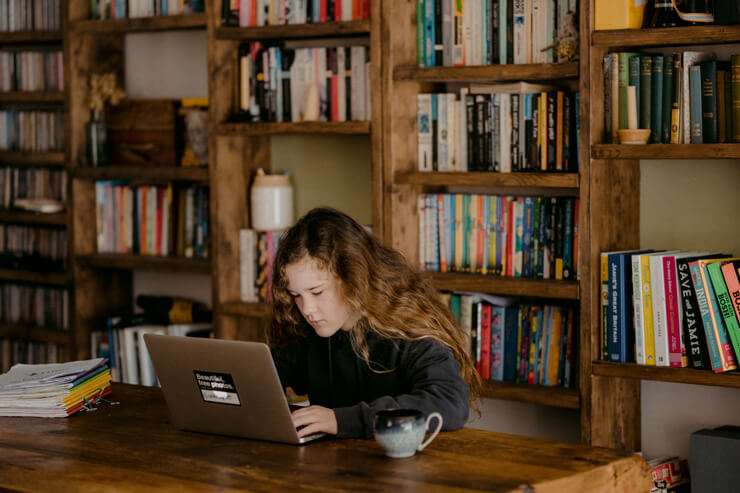
As well as their age, you need to consider how many children you have and how you need to prepare their home schooling space based on this. One child is completely different from two, three or four. Andrew Barker, Founder of Homeownercosts, tells us more.
‘Who will be using the space? Take into consideration the age of your child and how many of them you have. More children should have more legroom. Design an area that can accommodate desks, a play area, books, and of course, your child.’
Once you’ve recognised the age and number of children you have, make sure that your home learning space is teaching age-appropriate skills. Sarah Miller, Teacher and Founder of Homeschooling4him, explains more.
‘To create an ambient learning environment in the home, parents should think about what kinds of skills they want their kids to develop. Then, they can look for ways to incorporate opportunities for kids to practice those skills in their environment.’
To make sure you are home teaching the correct skills, communicate closely with your child’s teacher. They may direct you to an important document that explains the skills your child needs to achieve that academic year. In the UK, having the updated National Curriculum document will prove highly useful.
By creating a “prepared environment” (one of the important Montessori teaching concepts) you will encourage your child to gain knowledge and explore in a self-directed way.
2. Consider where to locate your ambient learning space

Ambient learning doesn’t necessarily belong to one learning zone. It is about gaining skills from your entire environment. Whether that's natural life in your garden, measuring units in the kitchen or telling the time from your living room clock, it’s all about taking every opportunity to immerse your child with new skills.
‘Families that want to promote literacy can consider labeling items around their house with the name of the item. This will give kids lots of opportunities to read new words as they go about their day. Kids who are learning a second language can label household objects in the new language too.’ - Sarah Miller (Teacher and Founder of homeschooling4him)
One great way to incorporate ambient learning into your home is by adopting strategies such as ‘strewing’.
‘Strewing means intentionally putting out educational toys or activities throughout the house for kids to find. So, you might put a stack of jigsaw puzzles in the playroom or set up an art desk with paper and crayons. As kids discover these educational activities throughout their day, they will be encouraged to explore and learn.’ - Sarah Miller (Teacher and Founder of homeschooling4him)
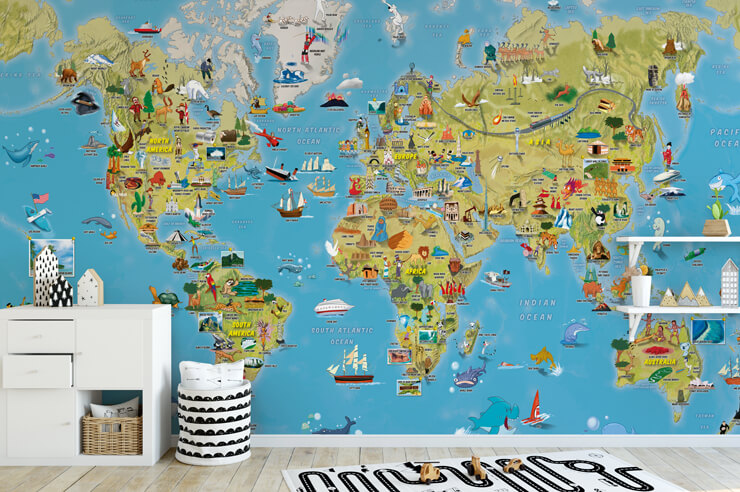
Mural in photo: Cartoon World Map
Despite the benefits of extending home learning to the entire house, it is a good idea to dedicate one area of your house as the “classroom”.
‘Set aside a dedicated space to be your “classroom” for ambient learning. Working from one’s bed can disrupt the sleep schedule. Create a space that is free of distractions. Whether this is a cozy corner or a dedicated room, having a learning space will help with focus when it comes time to learn.’ - Sharon L Sherman (Interior Designer based in New Jersey)
If you’re really struggling for room, create a study zone at your dining table. Rachel Burlew, MSeD and NYS certified Teacher (and part-time Mrs Claus) explains that even small touches can help your child know where their focus area is.
‘If you’re unable to dedicate even a small corner of your home to your child’s study area, you can use a ’school cloth’. Choose a table cloth for a table in your home, and use this same table cloth every day for online classes. Then remove it after studies are done. This will help ready your child for learning, and help shift their focus away from non-school activities.’

As well as creating a dedicated learning space, it’s important to make sure your child isn’t being disturbed while they need quiet study time.
‘Finding an area where your child can study without being disturbed is important. The location mustn’t interrupt your day-to-day activities. You can make use of a spare bedroom or opt to share a part of your home office. Make sure that you provide an ample amount of space while preventing any distractions.’ - Andrew Barker (Founder of HomeownerCosts)
And although we love them, all forms of pets need to be out of the room! They may be cute study buddies, but they won’t help them to be productive!
‘Keep animals in another room during school. They can be unpredictable and often noisy.’ – Rachel Burlew MSed (NYX Certified Teacher and @TheRealMrsClaus)
3. Choose comfortable furniture
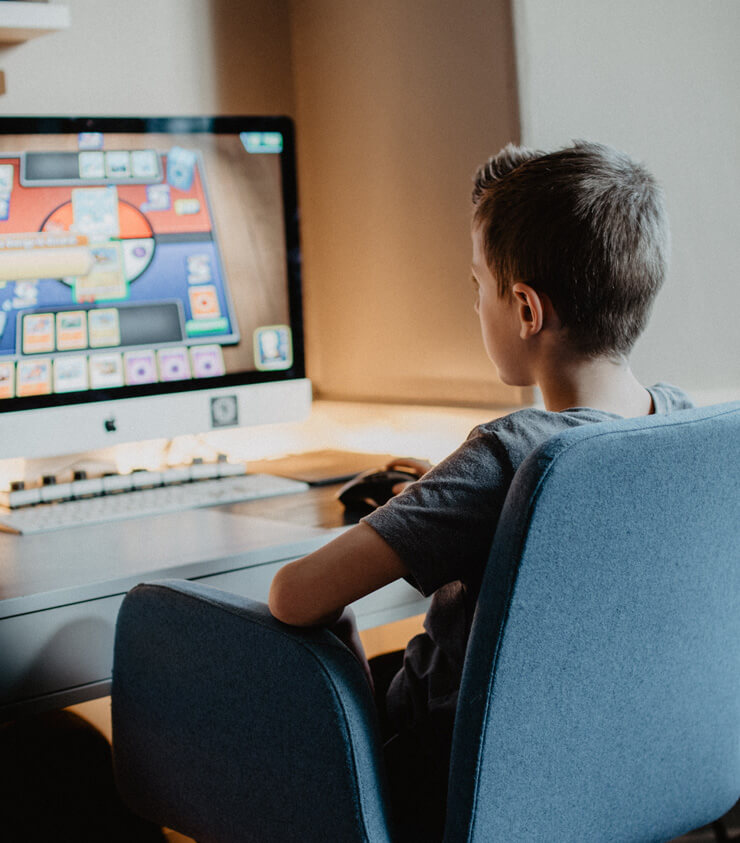
When creating a home classroom, furniture is key. And comfortable furniture is super important. After all, if your child is uncomfortable, they aren’t going to concentrate properly.
‘Don’t sell yourself short. A desk sized for the task and a comfortable chair are the first priority. Without a work surface, things tend to pile up. If the student will be sitting most of the time, invest in an ergonomic chair. Their back will thank you. Maybe a stand-up desk is right for the individual, but if classes are long I’d suggest a comfy seat to kick back in. For little kids, beanbags can be fun but make sure there’s an upright chair too when it’s time to knuckle down on those multiplication tables!’ - Sharon L Sherman (Interior Designer based in New Jersey)

And it may seem obvious, but make sure you choose appropriately sized furniture. Your child will spend a lot of time sitting at their desk: make sure it is good for their posture. Daniel Javor, CEO of Next Luxury knows the importance of this.
‘If you’re working from home, you know how essential it is to have the right desk and chair. The same goes for your child. Setting up a table and chairs set that are their size will give them furniture that’s perfectly suited. Instead of setting up a desk, a table gives them plenty of workspace for interactive projects.’
4. Create a cosy reading corner
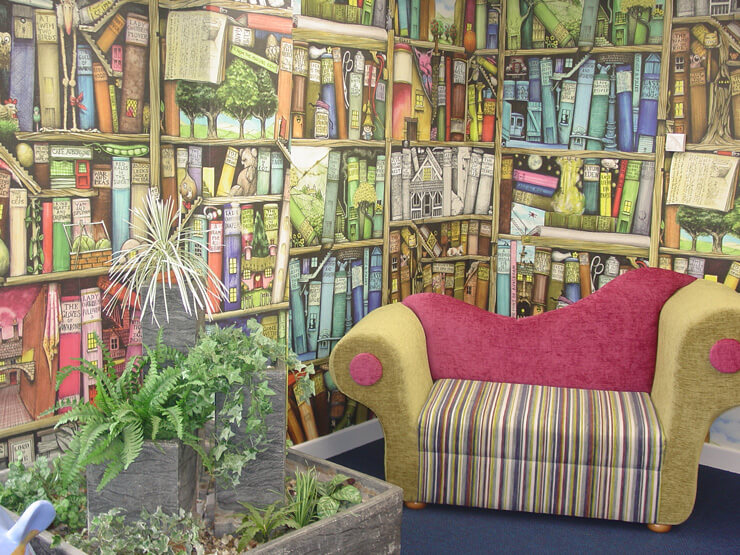
Mural in photo: Bookshelf by Colin Thompson
As well as comfortable furniture, create the feeling of a ‘learning zone’ with a reading corner like this library in Rivacre Valley Primary School which is also achievable in a home. Choose a bookshelf to display books and items that your child enjoys. Display texts that they have to study to follow the appropriate curriculum. Sandeep Kumar Aggarwal, CEO of Skaology explains why you need a bookshelf for ambient learning.
‘If it's possible, place a small bookshelf, or designated space around the study room to give them similar energy to what they were feeling at school. Lastly, animal sculptures, decorations, or photo frames can cause a great impact when studying. Good to swop around with images.’
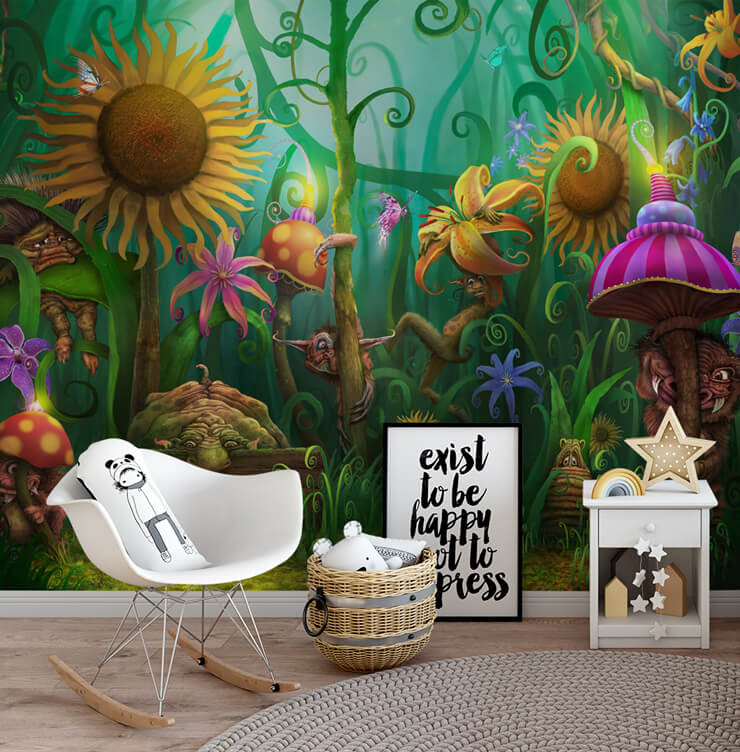
Mural in photo: Meet the Imaginaries
For a younger student, make their imagination come wild by installing a tee-pee in their reading corner. A great space for them to snuggle down and read a book! And again, make sure all bookshelves are size-appropriate and are at a child’s eye level.
‘Creating a reading corner with comfortable seating and a low bookshelf at child height can also encourage kids to curl up with a good book. Parents should consider using a display bookshelf for younger kids, as it's easier for non-readers to choose a book when they can see the picture on the cover, instead of just the spine.’ - Sarah Miller (Teacher and Founder of homeschooling4him)
5. Install a wall clock in your ambient learning zone

Image source: Rex London
It may be an obvious choice, but choosing an age-appropriate wall clock is needed in every classroom. As well as helpful for you, the teacher, to keep an eye on the time, a wall clock is a maths tool to help them to tell the time.
Not only this, but you can teach your child to start time-managing themselves. Say that they have 20 minutes to finish their task and they will be able to make sure they finish on time!
‘A visual 60-minute timer can look like a colorful clock on your wall. It’ll also help teach your child task prioritization while creating a classroom-like environment. A clock on the wall is a classic piece of decor and great for maintaining productivity at school or work.’ - Daniel Javor (CEO of Next Luxury).
6. When home schooling, be organised with ample storage
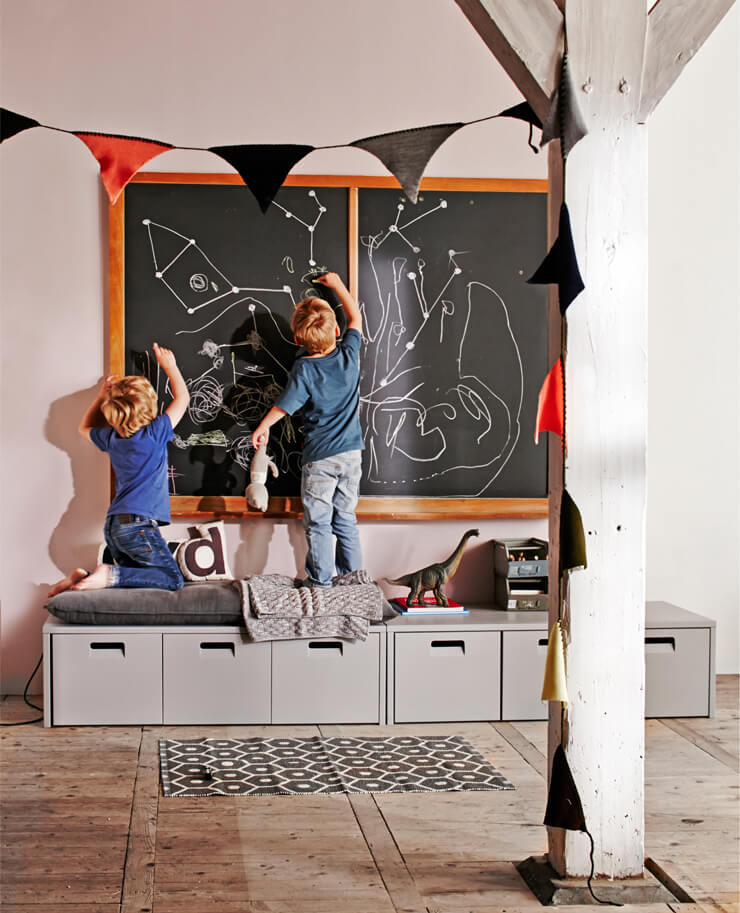
Image source: Cuckooland
Any organised home has good storage! The need for tidying away and storing items is important in an ambient learning environment. If your child’s home classroom is cluttered with papers, has crayons strewed everywhere and books piled on the floor, they are not going to be ready to gain new skills. This distraction needs to be stored away! Especially if you have to provide evidence for your child’s teacher: you don’t want to lose any work.
‘Try to have an additional place to keep school things other than the desk. Even in a paperless school system, there are still documents one will need to keep safe. Shelves are handy for easy access. Not so neat? Maybe add some closed cabinets as well. File cabinets don’t have to be unattractive. Get creative with materials and colors.’ - Sharon L Sherman (Interior Designer based in New Jersey)

And storage doesn’t have to be boring or unstylish. You need to remember that your home is your home and making sure it reflects you and your family’s personality and style is important.
‘You need a way of organizing your child’s school supplies. Choose a piece of furniture that’s both beautiful and functional. A vintage printer’s chest or apothecary cabinet are perfect for adding vintage charm and have slots on the drawers for labels. This keeps your home looking neat and organized while also making it easier for your child to work on school projects.’ - Daniel Javor (CEO of Next Luxury).
7. Make sure you have the right tech!
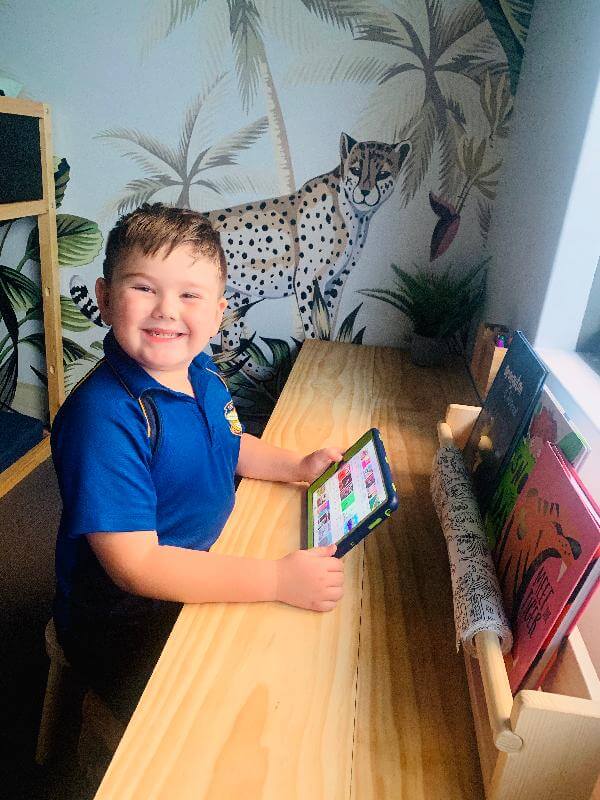
Mural in photo: Rainforest Wildlife
A LOT of home schooling involves technology. Although this isn’t really a part of ambient learning, having the appropriate technology and a good Wi-Fi connection is key. If you have both, your child will always be ready for whatever the teacher sets them to do. It also allows you, as their parent, to give them another way of home learning that is crucial towards their future as an adult in a tech-filled world. And it certainly looks like our customer's son is ready for school in his rainforest bedroom above!
‘A wireless hub with a fast connection will allow the student to work on their computer or tablet from their desk or that comfy chair. Will they need a printer? Get a printer with a scanner if they’ll be scanning assignments back to the teacher. If there is a closet in the room, you can add outlets and make that the printer/supply area. Don’t forget a charging station.’ - Sharon L Sherman (Interior Designer based in New Jersey)
8. Make home teaching fun with colour and kids wallpaper

Mural in photo: Leopard in Jungle
Even if you have adequate legroom for your child and know which skills they need to learn, none of this matters if the ambient learning environment you create isn’t appealing to them. That’s why involving your children in creating their "home school" is crucial. Choose the wall paint colours together. If you paint the room yellow and they love pink, you’re already going to fail – trust me! Eileen Martin, Interiors Blogger at Styleformyhouse.com, tells us the importance of working together when creating an ambient learning environment.
‘One fun way to provide the ideal schooling environment is to make it a team effort! Parents, encourage your children to help you pick out wall and floor stencils and colorful paint. Create a design that appeals to both your eye and theirs and ends up boosting their knowledge not only with what they discover with your guidance, but with the confidence they gain as they realize they can lead the way to make the house a home they share!’

Mural in photo: Think Big
If you really want to create a wow-factor space, why not install a gorgeous wall mural showcasing their favourite interests? A cartoon farm scene, a beautiful unicorn, an F1 race car and more, we have a wide range of invigorating children’s wallpapers as well as teen wallpapers for your child to enjoy.
If you want to create a positive environment in your child’s home classroom, why not adorn the walls with motivational quotes? Being told to, ‘Let Your Inner Sparkle Shine Through’, ‘Every Day is a Fresh Start’, or ‘Yes You Can’ holds a lot of power when inspiring your child to be the best they can be. Many of our customers love our optimistic range of quotes wallpaper.
9. Have good lighting to encourage productivity
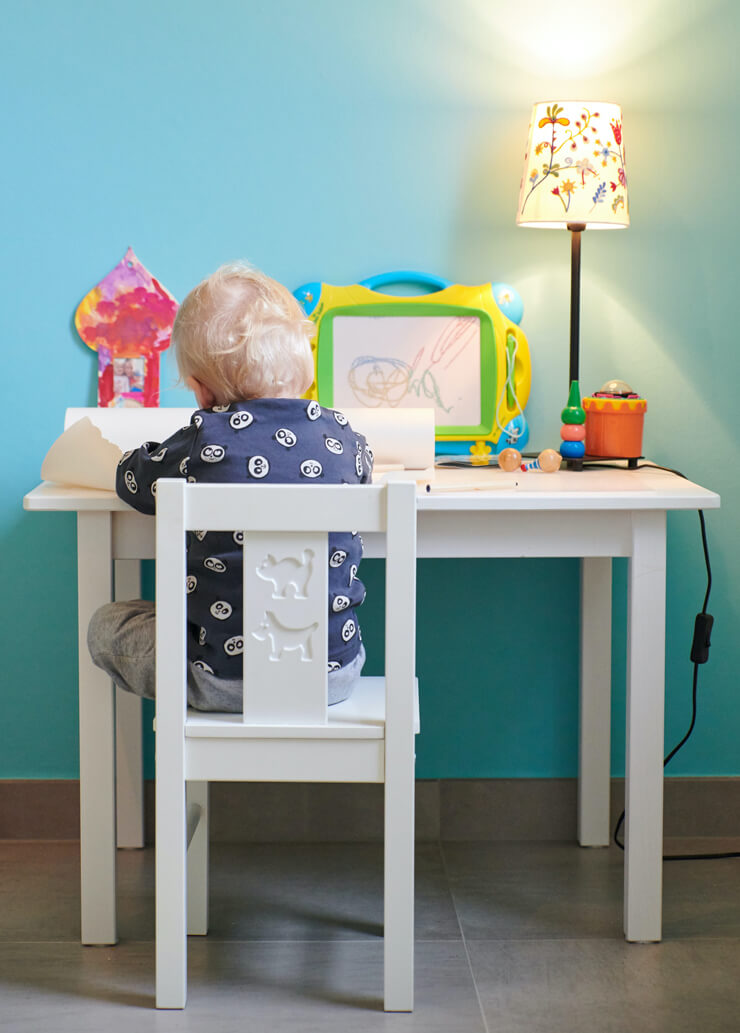
Whether you’re an adult working from home, or a child studying in a home classroom, good lighting is so important. Whether natural or artificial, we all need to be able to see properly to be productive and to be seen clearly on video call sessions.
‘Good lighting is key! The area should be well lit, especially if the student will be involved in video meets. Desk lamps are good, but a nice bright window and some overhead lighting works well too.’ - Rachel Burlew MSed (NYX Certified Teacher and @TheRealMrsClaus)
And when your child is learning, you don’t want to strain their eyes.
‘A good desk lamp (task lighting) will be appreciated especially at night. Overhead lighting (ambient lighting) should fill the space with light.. Make sure you have adequate lighting to prevent eye strain and illuminate the tasks at hand.’ - Sharon L Sherman (Interior Designer based in New Jersey)
10. Enjoy natural decor in your ambient learning area

Mural in photo: Birch Forest Sunlight
It’s fair to say that most people find nature calming. Many adults who work from home enjoy a beautiful window view in their home office, or at least a relaxing nature wall mural. A beautiful landscape mural or a simple potted plant will help release tension and increase productivity.
‘Surrounding a schooling environment with nature is an incredible factor that will create a great ambient environment for learning at home. Ranging from flowers, plant pots, and even images of nature and paintings can be great for enhancing the space. It is of great importance to decorate the study room of students because it improves their mental health by psychologically implementing the feelings of nature or any other the parents might decide.’ - Sandeep Kumar Aggarwal (CEO of SKAOLOGY)
Are you ready to adopt ambient learning in your home? Leave a comment below and let us know how you get on.






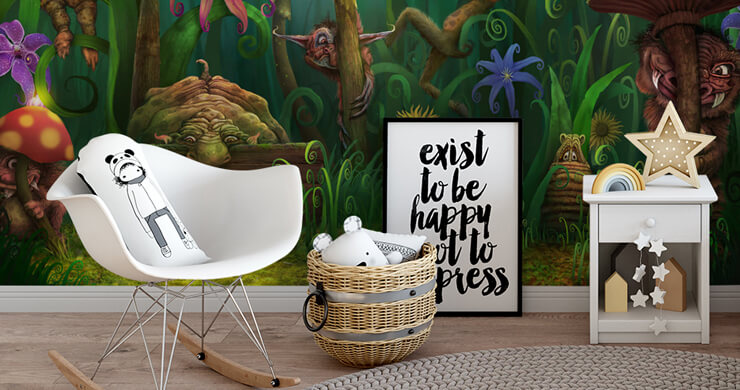
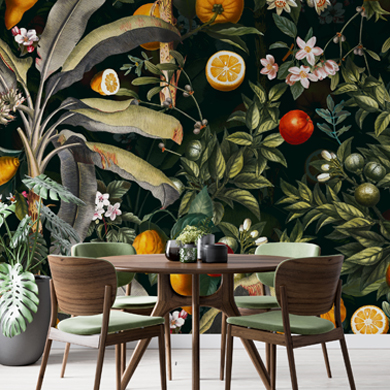

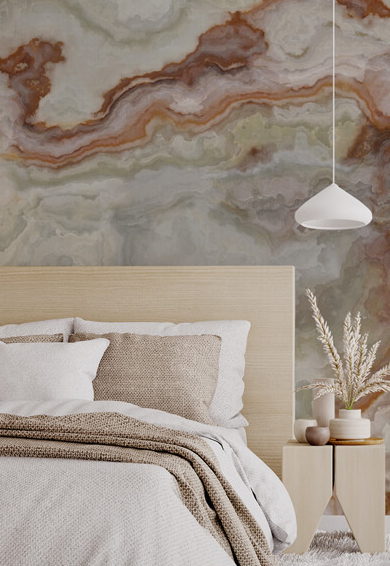
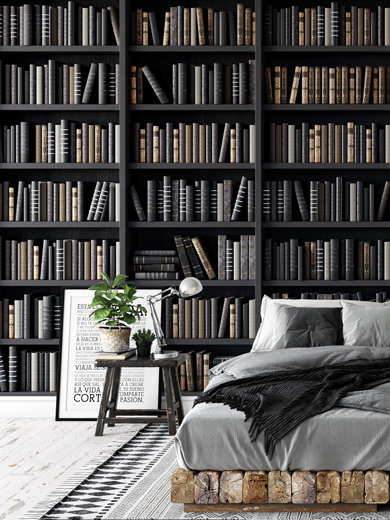
Latest Social